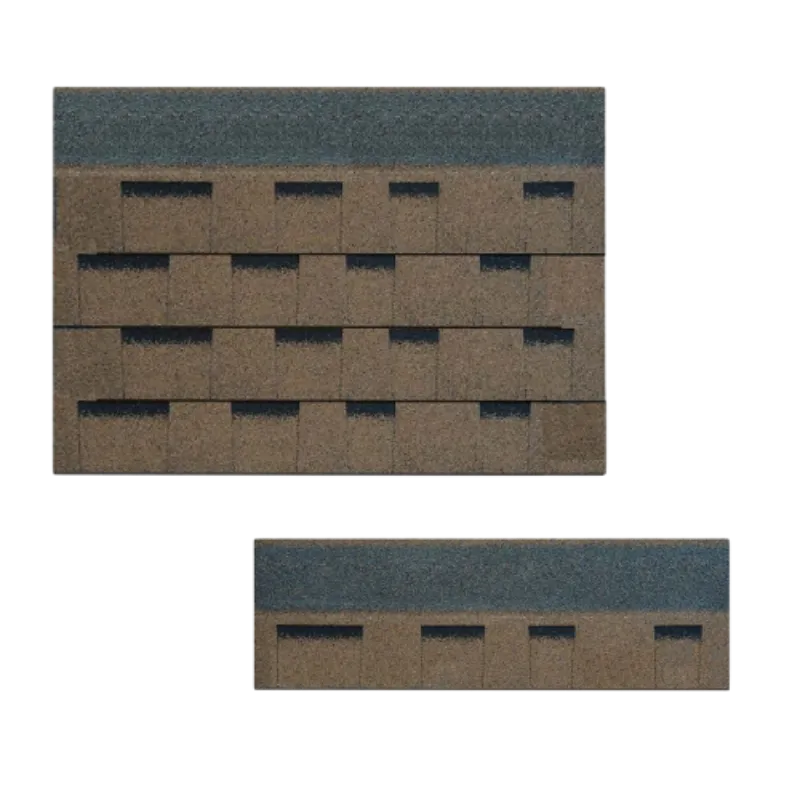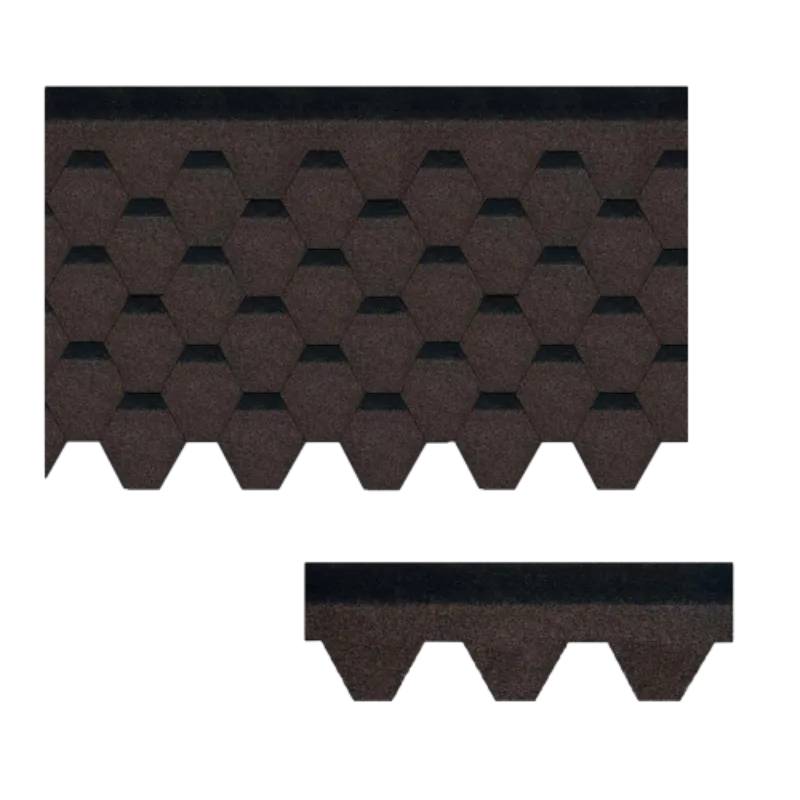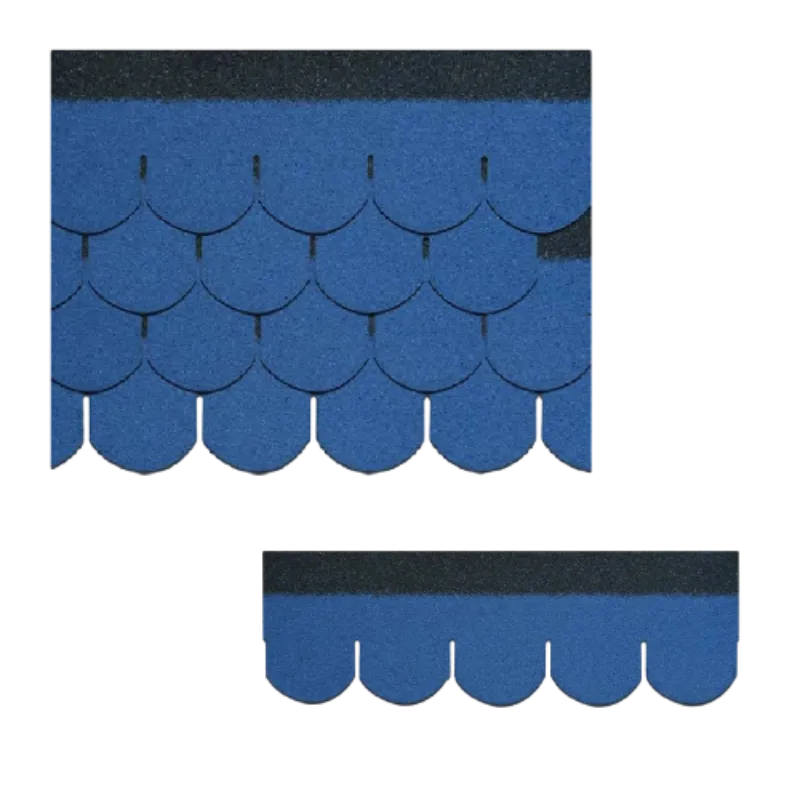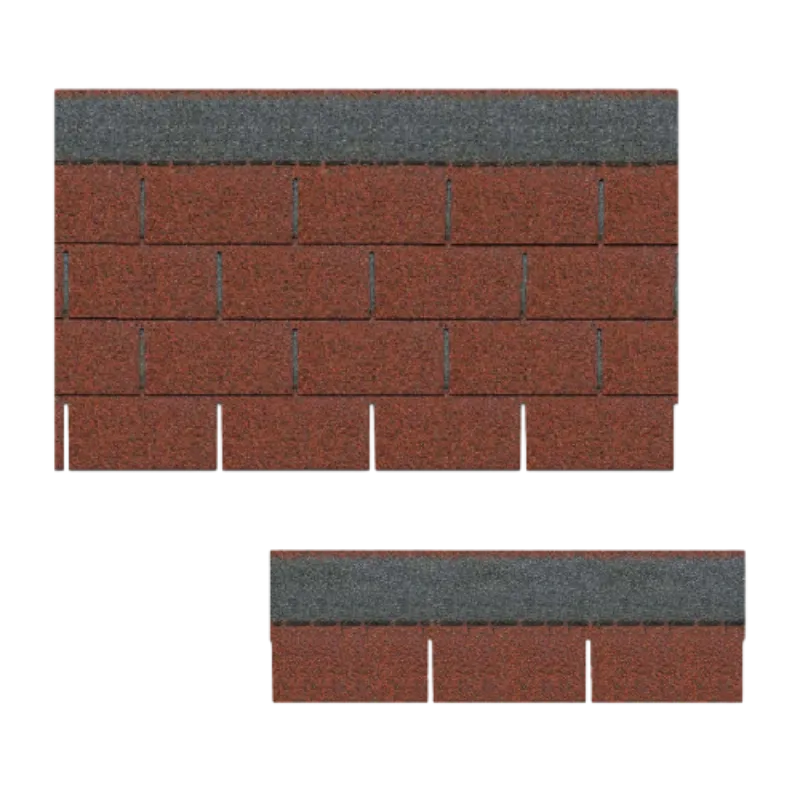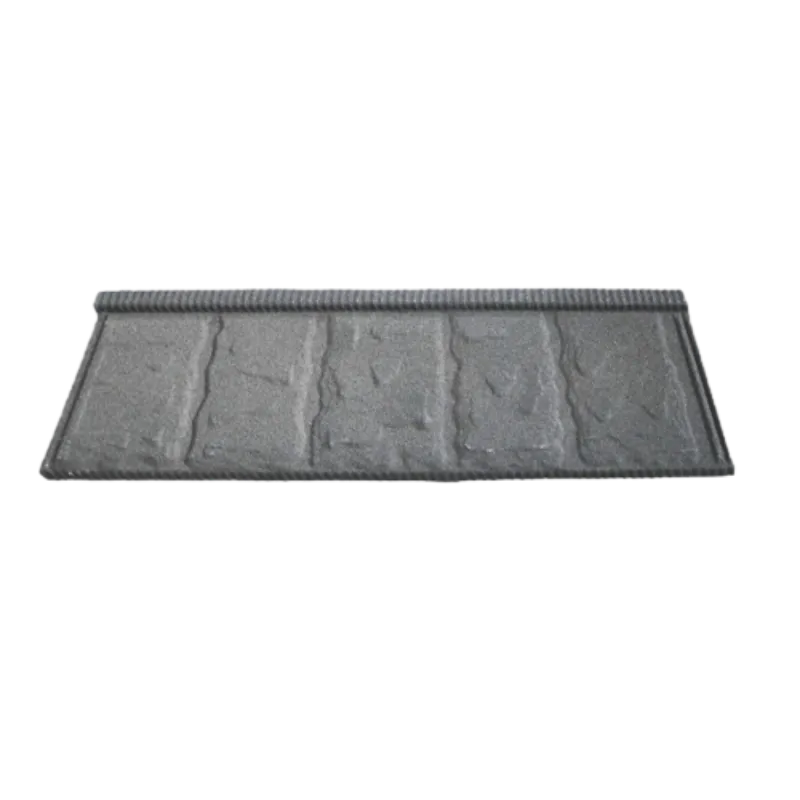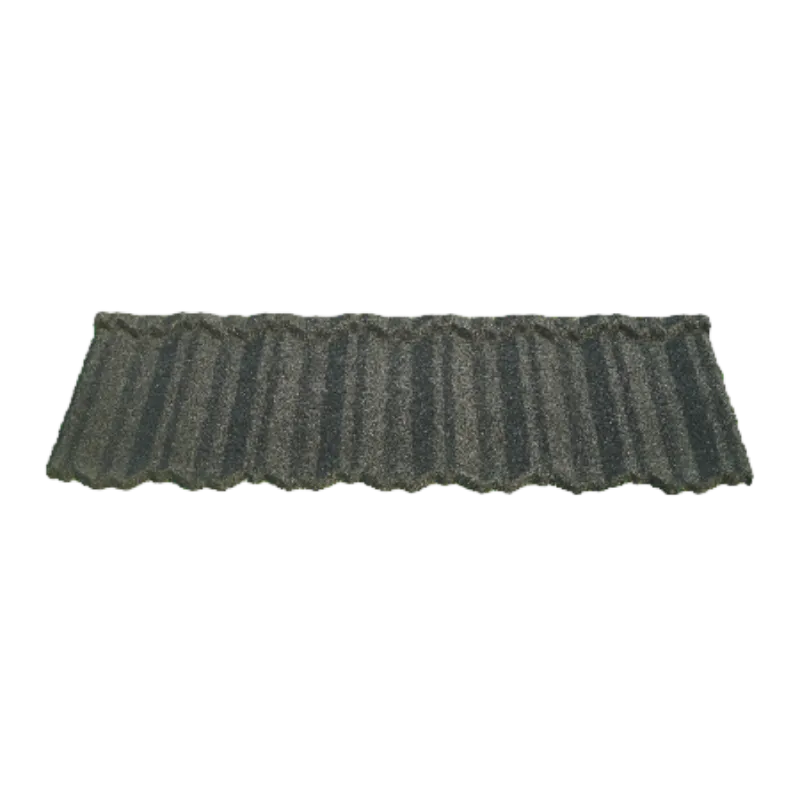
Sep . 28, 2024 07:41 Back to list
Best Practices for Installing Asphalt Shingles During Cold Winter Months
Installing Asphalt Shingles in Winter A Guide
Installing asphalt shingles in winter presents unique challenges, but with careful planning and preparation, it can be done effectively. As temperatures drop, traditional roofing practices may need to be adjusted to ensure a secure, long-lasting roof installation. This article will outline important considerations and steps for a successful winter installation.
Understanding Temperature Constraints
Asphalt shingles are designed to perform best in temperatures above 40°F (4°C). Below this threshold, the shingles can become brittle, making them difficult to handle and install. A good rule of thumb is to avoid installing shingles when the temperature is below 32°F (0°C) for an extended period. If you must install in colder weather, using special adhesive products designed for low temperatures can help improve bonding.
Proper Preparation
Before embarking on a winter roofing project, give the roof a thorough inspection. Look for potential issues like ice dams, accumulated snow, or damaged existing shingles. It's essential to remove any snow or ice that could interfere with the installation. Be cautious and use safety equipment while working on slippery surfaces. Clear weather is ideal, so try to choose days when conditions are slightly milder.
Choosing the Right Materials
It’s crucial to use high-quality materials when installing shingles in winter. Not all shingles are created equal; some are specifically designed to withstand colder temperatures. Look for products labeled as winter-grade or those with flexible properties. Additionally, ensure that your roofing underlayment is suitable for low temperatures, as it acts as an essential barrier against moisture and temperature fluctuations.
Adapting Installation Techniques
installing asphalt shingles in winter

When installing shingles in winter, your techniques may need adjustment
. Here are some tips1. Pre-warming Shingles If possible, store the shingles in a warm area before installation. This will make them more pliable and easier to work with.
2. Using Fasteners Wisely Make sure your fasteners penetrate the roof deck adequately. In colder conditions, the adhesive on shingles may not set as quickly; therefore, relying on mechanical fasteners can offer additional security.
3. Seal and Overlap Pay particular attention to sealing overlaps. Cold weather can delay adhesive bonding, so ensure that shingles are adequately overlapped and sealed as you work, using a high-quality adhesive if necessary.
4. Work in Small Sections To minimize exposure to cold air, focus on smaller sections at a time. This can help you keep the area warm as you progress with the installation.
Safety Measures
Safety should always be your top priority during winter installations. Cold weather increases the risk of slips and falls. Wear proper footwear with good traction and use safety harnesses when working at heights. Always have someone nearby to assist, especially when dealing with heavy materials.
Conclusion
Though installing asphalt shingles in winter can be a daunting task, it is feasible with the right approach. By considering temperature constraints, using the appropriate materials, adapting installation techniques, and prioritizing safety, you can ensure a successful roofing project even in chilling weather. With careful planning, you can achieve a quality installation that will protect your home for years to come.
-
Rubber Roofing Shingles - Durable & Weatherproof SBS Rubber Asphalt Shingles for Homes & Businesses
NewsJul.08,2025
-
Crest Double Roman Roof Tiles – Durable, Stylish Roofing Solution at Competitive Prices
NewsJul.08,2025
-
T Lock Asphalt Shingles Durable Roofing Solution for Long-lasting Protection
NewsJul.08,2025
-
Top Stone Coated Metal Roofing Suppliers & Manufacturers Durable Stone Coated Metal Tile Solutions
NewsJul.07,2025
-
How Many Bundles of Asphalt Shingles in a Square? Fast Roofing Guide & Tips
NewsJul.07,2025
-
How Long Should a Cedar Shake Roof Last? Expert Guide & Replacement Options
NewsJul.06,2025


